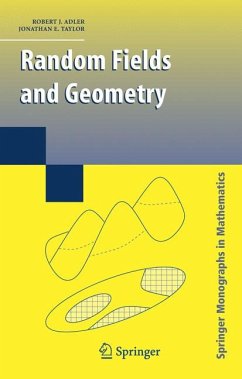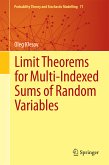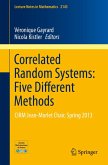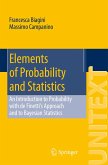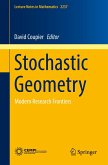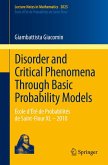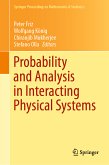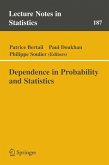The three parts to the monograph are quite distinct. Part I presents a user-friendly yet comprehensive background to the general theory of Gaussian random fields, treating classical topics such as continuity and boundedness, entropy and majorizing measures, Borell and Slepian inequalities. Part II gives a quick review of geometry, both integral and Riemannian, to provide the reader with the material needed for Part III, and to give some new results and new proofs of known results along the way. Topics such as Crofton formulae, curvature measures for stratified manifolds, critical point theory, and tube formulae are covered. In fact, this is the only concise, self-contained treatment of all of the above topics, which are necessary for the study of random fields. The new approach in Part III is devoted to the geometry of excursion sets of random fields and the related Euler characteristic approach to extremal probabilities.
"Random Fields and Geometry" will be useful for probabilists and statisticians, and for theoretical and applied mathematicians who wish to learn about new relationships between geometry and probability. It will be helpful for graduate students in a classroom setting, or for self-study. Finally, this text will serve as a basic reference for all those interested in the companion volume of the applications of the theory. These applications, to appear in a forthcoming volume, will cover areas as widespread as brain imaging, physical oceanography, and astrophysics.
Dieser Download kann aus rechtlichen Gründen nur mit Rechnungsadresse in A, B, BG, CY, CZ, D, DK, EW, E, FIN, F, GR, HR, H, IRL, I, LT, L, LR, M, NL, PL, P, R, S, SLO, SK ausgeliefert werden.

